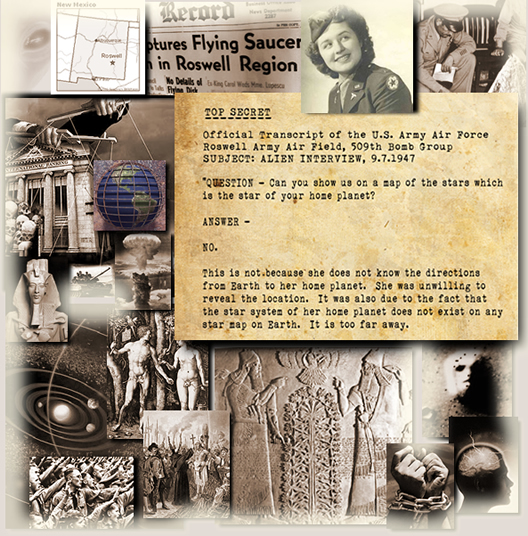“…all IS-BEs could be helped to become more aware of the actual situation on Earth through the information in this envelope. This is why I sent these letters and transcripts to you. I want you to get these documents published. I want IS-BEs on Earth to have a chance to find out what is really happening on Earth.
Most people will not believe any of it, I’m sure. It seems too incredible. No “reasonable” person would ever believe a word of it. However, it only seems “incredible” to an IS-BE whose memory has been erased and replaced with false information inside the electronically controlled illusion of a prison planet. We must not allow the apparent incredibility of our situation to prevent us from confronting the reality of it.
Frankly, “reasons” have nothing to do with reality. There are no reasons. Things are what they are. If we don’t face the facts of our situation, we’re going to stay under the thumb of the “Old Empire” forever! The biggest weapon the “Old Empire” has left now is our ignorance of what they are doing to all the IS-BEs on Earth. Disbelief and secrecy are the most effective weapons they have!
The government agencies that classified the enclosed transcripts as “TOP SECRET” are run by IS-BEs who are nothing more than mindless automatons covertly ordered about through hypnotic commands given by the “Old Empire” prison operators. They are the unknowing slaves of unseen slave masters — and all the more enslaved by their willingness to be slaves.
Most of the IS-BEs on Earth are good, honest, able beings: artists, managers, geniuses, free thinkers and revolutionaries who have harmed no one, really. They are no threat to anyone except the criminals who have imprisoned them.
They must find out about the “Old Empire” amnesia and hypnosis operation. They must remember their own past lives. The only way this will ever happen is to communicate, coordinate and fight back. We have to tell other people and they have to discuss it openly with each other. Communication is the only effective weapon against secrecy and oppression.
This is why I am asking you to tell this story. Please share these transcripts with as many people as you can. If the people of Earth are told what is really going on here, perhaps they will begin to remember who they are, and where they came from.
For now, we can begin our own release and rescue with words. We can be free again. We can be ourselves again. Perhaps I will meet you in person, with or without a body, somewhere in our Eternal Future.
Good Luck To All Of Us,
Matilda O’Donnell MacElroy”
(excerpt from a letter received from US Army Air Force Nurse Matilda MacElroy)
Originally posted 2014-02-18 22:46:41. Republished by Blog Post Promoter




